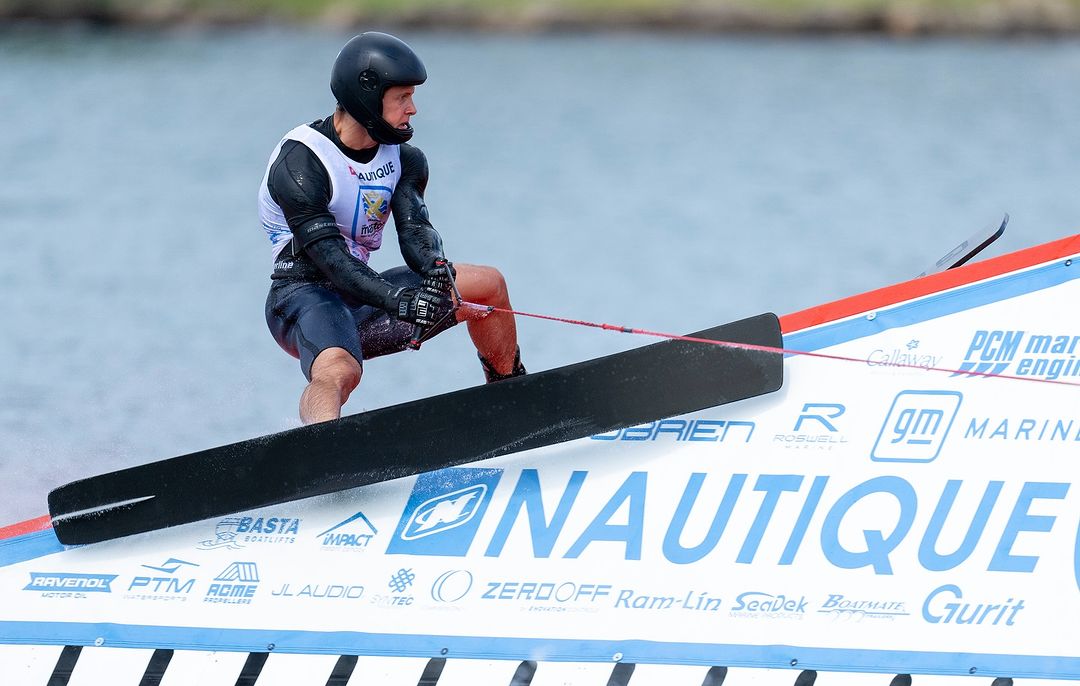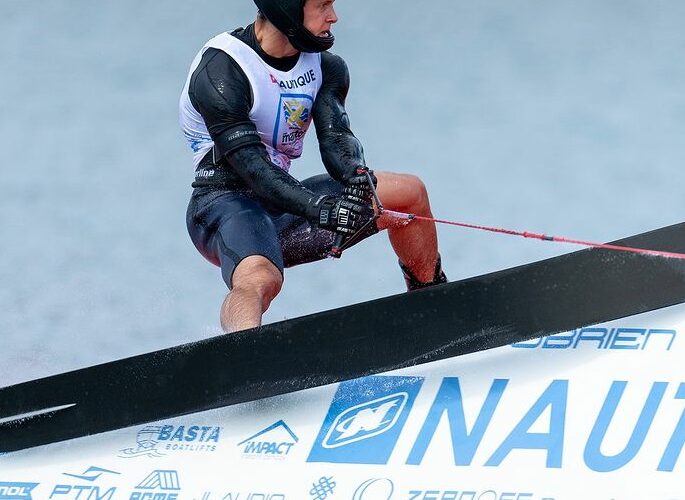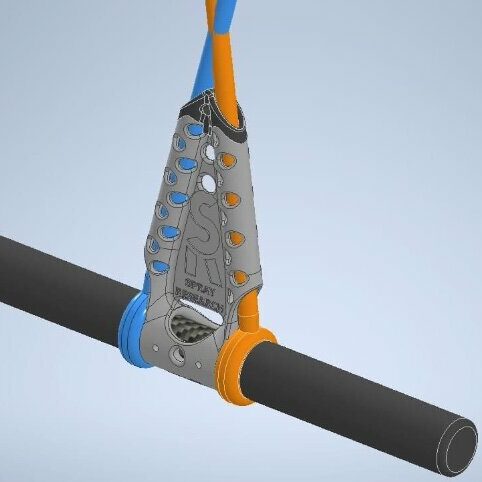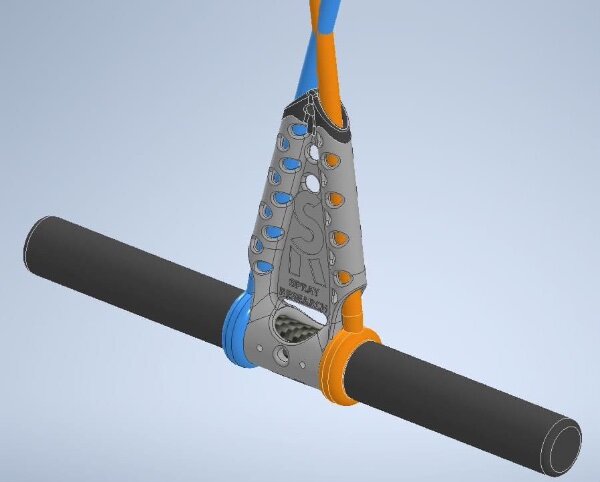Clementine Lucine raises alarm over safety at Junior Masters jump event

Image: @johnnyhayward_photo
By Jack Burden
The 2024 Masters Water Ski and Wakeboard Tournament was marked by a series of alarming crashes during the Junior Men’s jump event, prompting former world record holder and world champion Clementine Lucine to voice serious concerns about the competition’s safety.
“Every year, incidents occur that seem to disturb no one, leaving me perplexed and, frankly, terrified at the thought of getting my own children on jumpers and maybe sending them to jump there one day,” shared the 18-time Masters competitor.
The event started on a troubling note when Japan’s Jo Nakamura, the first competitor, flirted with the right corner before imploding on the ramp. A few skiers later, German Tim Wild also clipped the corner and ended up sailing upside down through the air. Despite these dramatic crashes, both Nakamura and Wild managed to recover and post competitive scores.
The tumultuous round continued with French favorite Tristan Duplan-Fribourg, who was in a tight battle with Jake Abelson for the overall crown. Duplan-Fribourg found himself under pressure after a pass on jump number one. On his second attempt, the young Frenchman failed to get his right ski onto the ramp, flying straight out the back, with his dislodged ski landing not far behind him.
Back against the wall, Duplan-Fribourg had little choice but to take his third and final attempt to salvage his tournament with a spot in the jump final. Significantly backing off from his first two approaches, the young Frenchman looked out of position as he hit the ramp, collapsing into yet another backward somersault off the ramp.
Lucine argues that such incidents have become all too common at the US Masters. “Particularly at the junior level, it’s rare to find young athletes who haven’t experienced a crash.”
Searching for reasons, Lucine speculates, “Could it be the speed, load, and pressure at the bottom of the ramp at the Masters that is overwhelming, more than at other places? The ramp? The driver? Are the boats used at the Masters more powerful than those at other events? Is it the prestige of the event that weighs heavily on the minds of young jumpers? Or is there no specific reason?”
Lucine questions whether “adequate measures are being taken to ensure the safety of our youth,” suggesting that athletes could be “examined much more thoroughly after a first crash to prevent a potentially fatal second one.”
Like many sports, water skiing faces the challenge of safeguarding athletes who are often eager to return to action after a collision or suspected concussion. The IWWF introduced concussion protocols several years ago, but these are not always consistently followed or adhered to.
Ultimately, Lucine argues that “Yes, the Masters is THE most prestigious event we have.” But “prestige and safety must go hand in hand for success.”
“This year, we narrowly avoided a tragedy, and it seems to be a recurring issue for the past 25 years,” she concluded.



